Oxygen Concentrator
An oxygen concentrator is a medical device that provides supplemental oxygen to individuals with respiratory conditions that cause low levels of oxygen in their blood. Unlike traditional oxygen delivery systems that use compressed gas cylinders, an oxygen concentrator extracts oxygen from the ambient air and concentrates it for therapeutic use.
Description
Oxygen Concentrator
An oxygen concentrator is a medical device that provides supplemental oxygen to individuals with respiratory conditions that cause low levels of oxygen in their blood. Unlike traditional oxygen delivery systems that use compressed gas cylinders, an oxygen concentrator extracts oxygen from the ambient air and concentrates it for therapeutic use. Here are the main features and functions of an oxygen concentrator:
- Air Intake:
- The device draws in room air, which contains approximately 21% oxygen and 78% nitrogen, along with trace amounts of other gases.
- Filtration:
- The air passes through filters to remove dust, bacteria, and other impurities.
- Separation Process:
- Using a technology called Pressure Swing Adsorption (PSA), the concentrator separates oxygen from nitrogen. This process involves passing air through a molecular sieve that selectively adsorbs nitrogen, allowing the oxygen to pass through.
- Concentration:
- The oxygen is concentrated to levels typically between 85% and 95%, depending on the device and settings.
- Delivery System:
- The concentrated oxygen is delivered to the patient via a nasal cannula, mask, or other interface.
- Flow Control:
- The flow rate of oxygen can be adjusted to meet the specific needs of the patient, typically ranging from 0.5 to 5 liters per minute, though high-flow units can deliver up to 10 liters per minute or more.
- Portability:
- Oxygen concentrators come in both stationary models, designed for home use, and portable models, which are smaller, battery-operated, and suitable for use on the go.
- Maintenance and Monitoring:
- Concentrators often have alarms and indicators to alert users to issues such as low oxygen purity, high or low pressure, and the need for maintenance.
Applications:
- Used by patients with chronic obstructive pulmonary disease (COPD), emphysema, chronic bronchitis, and other conditions that impair lung function.
- Often prescribed for home use, in hospitals, and during travel for patients requiring continuous oxygen therapy.
Benefits:
- Provides a continuous supply of oxygen without the need for refilling, unlike traditional oxygen tanks.
- Enhances mobility and independence for patients with portable units.
- Reduces the risk of running out of oxygen, as it relies on ambient air.
Limitations:
- Requires electricity to operate, limiting use during power outages unless a backup power source is available.
- Portable units may not deliver high flow rates needed for some patients.


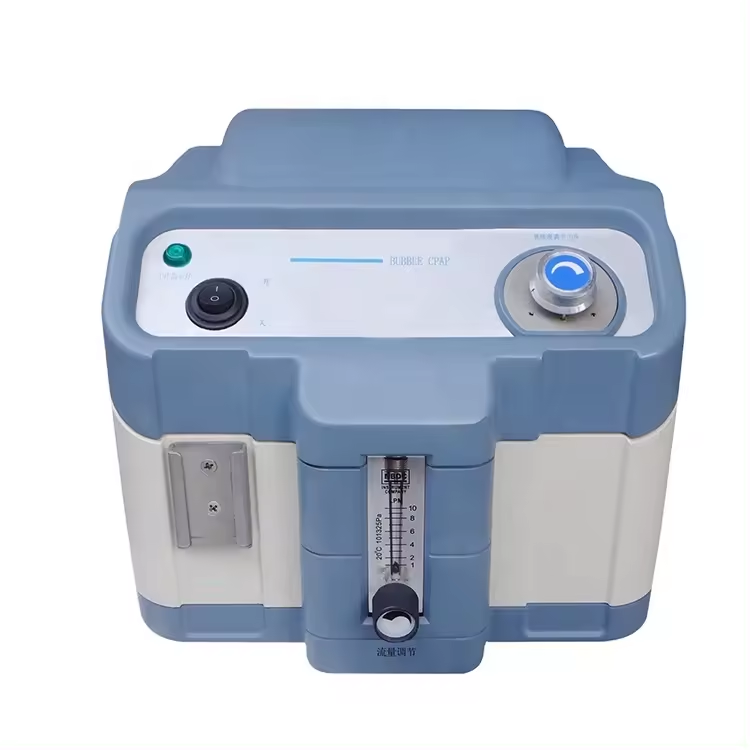
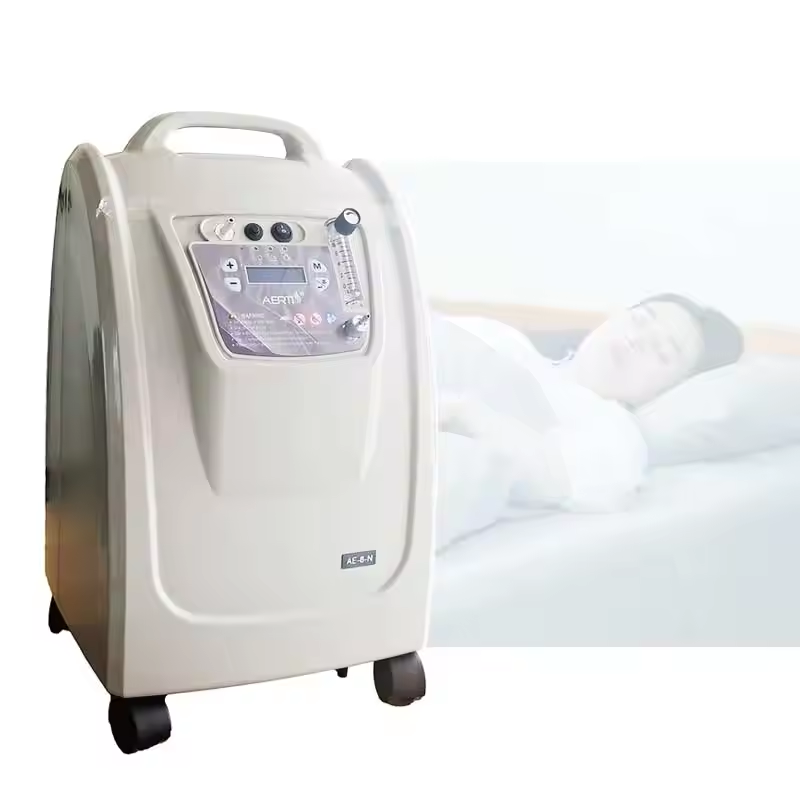
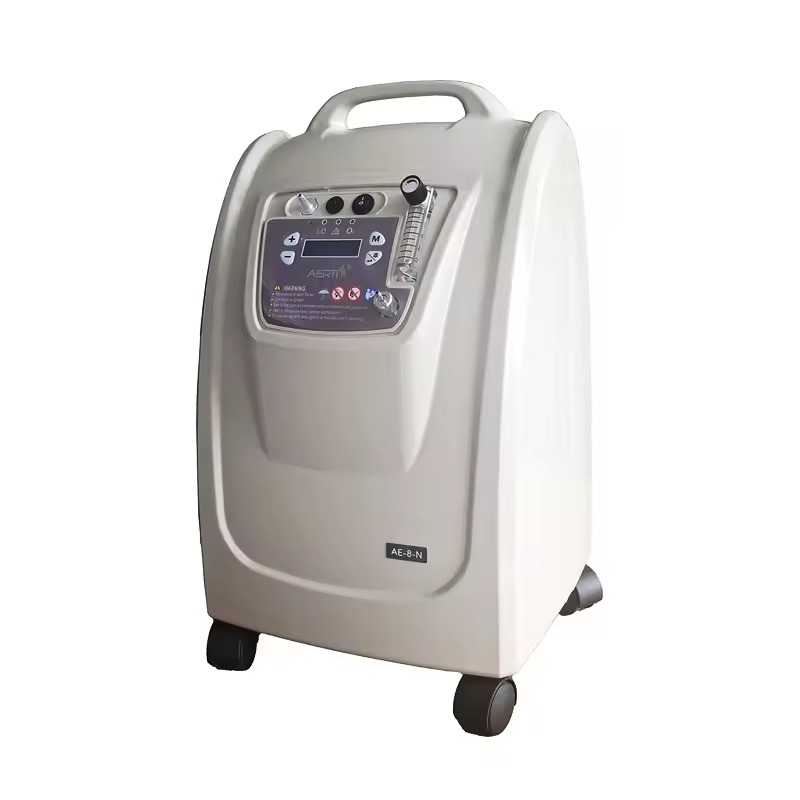
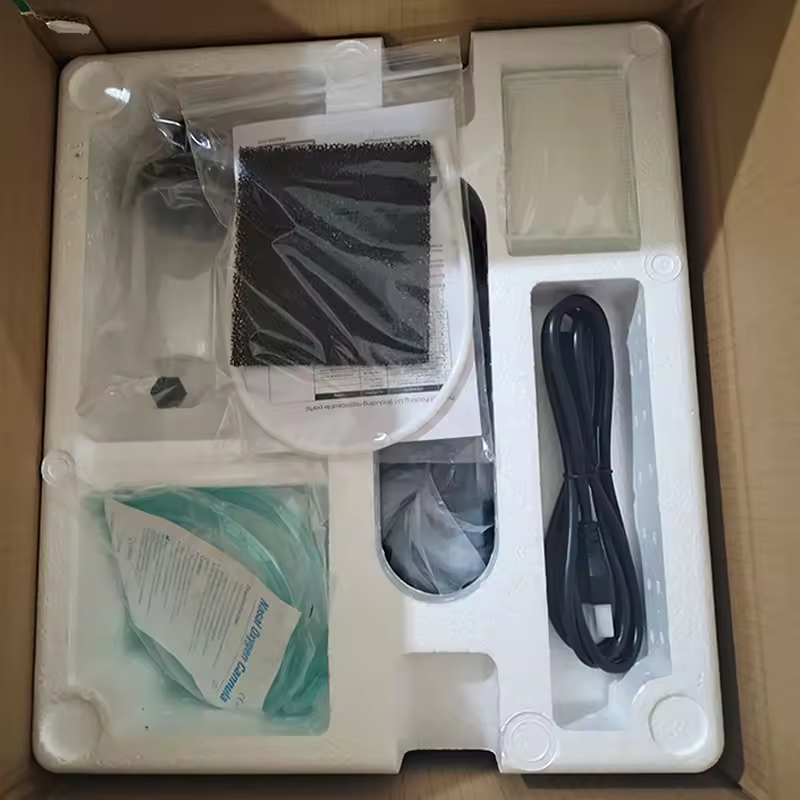














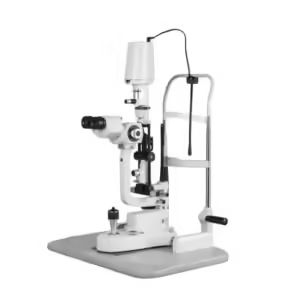
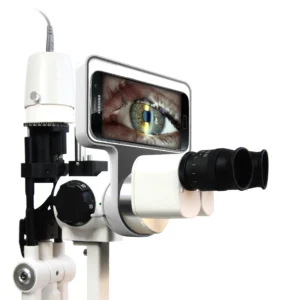


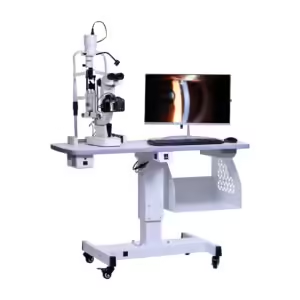

















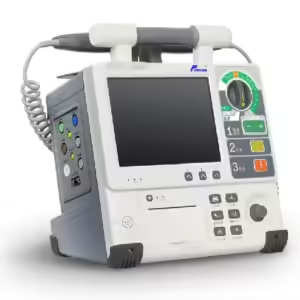



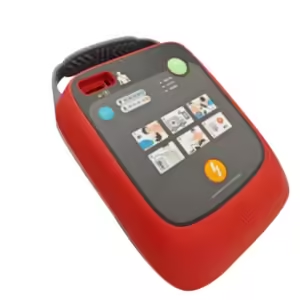





Reviews
There are no reviews yet.